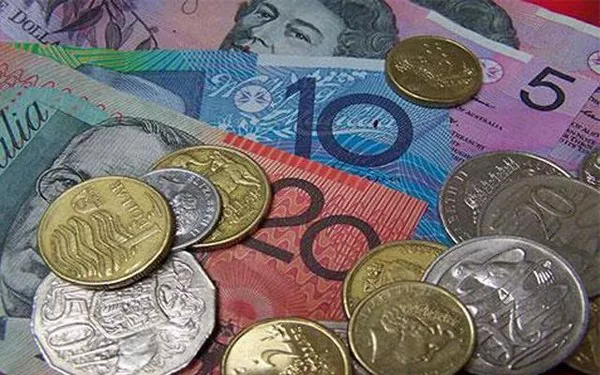The AUD/USD pair continues its retreat from the 0.6665-0.6670 region, marking its highest level since mid-January, facing selling pressure on the first day of the new week. As of now, spot prices hover just above the 0.6600 round-figure mark, with a noticeable retracement in the first half of the European session.
Over the weekend, mixed Chinese inflation figures failed to allay concerns about deflation, contributing to the selling pressure on the China-proxy Australian Dollar (AUD). China’s Consumer Price Index (CPI) recorded a rise for the first time in four months, while the Producer Price Index slipped by a 2.7% YoY rate during the reported month. Additionally, reports of potential sanctions on several Chinese tech companies by Washington, coupled with a broader bearish sentiment in equity markets, weigh on the risk-sensitive Aussie.
The US Dollar (USD) struggles to gain momentum and build on Friday’s recovery from mid-February lows, influenced by expectations of an imminent shift in the Federal Reserve’s (Fed) policy stance. With market participants anticipating a rate cut in June, reinforced by an uptick in the US jobless rate, the yield on the benchmark 10-year US government bond remains subdued near a one-month low. This puts USD bulls on the defensive and provides some support to the AUD/USD pair.
Traders are cautious and may refrain from aggressive directional bets, opting to wait on the sidelines ahead of the upcoming US consumer inflation figures scheduled for release on Tuesday. The US Consumer Price Index (CPI) report is expected to play a pivotal role in shaping expectations regarding the Fed’s rate-cut trajectory, influencing USD demand and potentially providing impetus to the AUD/USD pair. In the meantime, spot prices are subject to the dynamics of the USD and broader risk sentiment, as no significant market-moving economic releases from the US are anticipated on Monday.

























